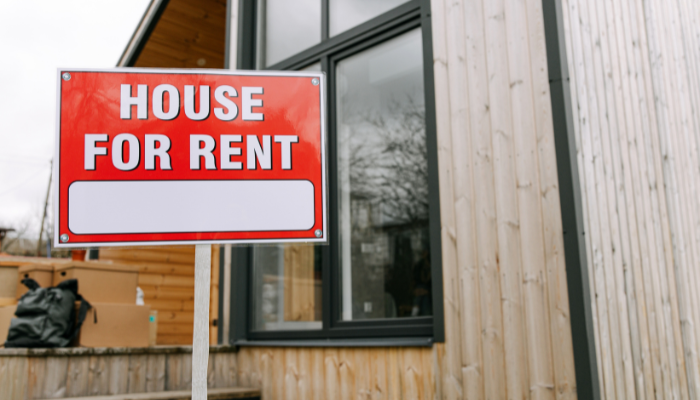
The number of days it takes for properties in Australia to get rented continues to shrink, achieving the shortest period in July.
Data from PropTrack showed that rental properties listed on realestate.com.au had an average days-on-market of 19 days in July, a new historic low.
Across the capitals, days-on-market are at historic lows in Brisbane (15 days) and in Sydney (21 days) because of supply shortage.
Days-on-market are also relatively short compared to previous periods in Adelaide (16 days), Perth (17 days), Darwin (18 days), Hobart (19 days), and Melbourne (22 days).
During the month, the total rental listings were almost a third lower than pre-pandemic levels, which resulted in heightened competition among tenants.
The lower rental days and shrinking supply resulted in rents rising by 8% annually.
Separate figures from SQM Research showed that the national rental vacancy remained steady at 1% in July.
Over the month, the total number of rental vacancies across the country was at 36,741, which was slightly down from 37,049 in June.
Vacancy Rates June vs July 2022 |
||||
|
City |
Vacancies |
Vacancy Rate (%) |
||
|
June 2022 |
July 2022 |
June 2022 |
July 2022 |
|
|
Sydney |
12,417 |
11,943 |
1.6 |
1.5 |
|
Melbourne |
10,966 |
10,2413 |
1.7 |
1.6 |
|
Brisbane |
2,279 |
2,474 |
0.6 |
0.7 |
|
Perth |
1,331 |
1,335 |
0.6 |
0.6 |
|
Adelaide |
750 |
764 |
0.4 |
0.4 |
|
Canberra |
577 |
675 |
0.8 |
0.9 |
|
Darwin |
175 |
214 |
0.5 |
0.6 |
|
Hobart |
186 |
193 |
0.6 |
0.6 |
|
NATIONAL |
37,049 |
36,741 |
1.0 |
1.0 |
Vacancy rates in Sydney and Melbourne fell over the month, with their CBDs falling below average levels.
These declines, however, were offset by the increases in vacancy rates elsewhere.
SQM Research managing director Louis Christopher said this shows that there is evidence of “small easing” in rental conditions.
“If it wasn’t for the falls in rental vacancies in Sydney and Melbourne, the national rental vacancy rate would have recorded a rise for the month of July as there were vacancy increases in most other capital cities and in many regional locations,” he said.
However, the slight easing in rental conditions does not necessarily mean loosening up across the entire market.
“With the falls in CBD rental vacancies rates to well below average, we have evidence that the rise in overseas arrivals is starting to put some additional demand pressure in certain pockets of the rental market,” Mr Christopher said.
“We will wait to see if the increased immigration demand creates pressure elsewhere.”
While rents continued to rise sharply across most locations, some capital cities like Canberra, Hobart, and Darwin have started to report declines, which would provide some relief to local tenants.
—
Photo by Ivan Samkov from Pexels.
